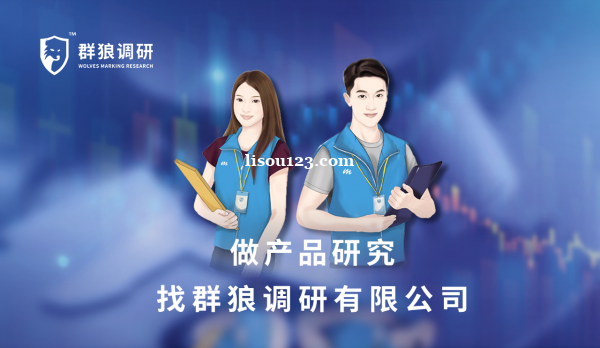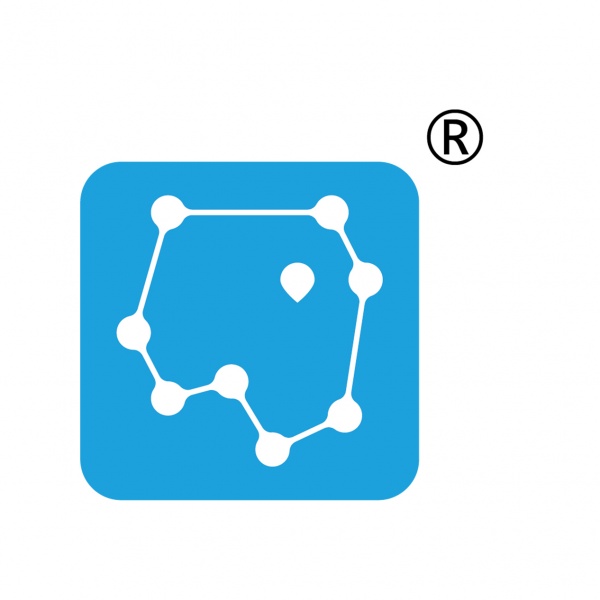行业研究是对特定行业进行系统性调查和分析的过程,旨在了解行业的发展趋势、市场规模、竞争态势以及关键成功因素。群狼调研(湖南满意度调查公司)开展行业研究,以下是进行行业研究时常用的方法和步骤:
1. 数据收集:收集相关行业的各种数据,包括市场报告、统计数据、行业协会发布的信息、公司财务报表等。这些数据可以提供关于行业的基本情况和趋势的信息。
2. 市场分析:对行业的市场进行分析,包括市场规模、增长率、市场份额以及主要的市场细分。通过了解市场需求和竞争格局,可以评估行业的潜在机会和风险。
3. 竞争分析:研究行业中的主要竞争对手,了解他们的产品和服务、市场地位、销售策略等。通过分析竞争对手的优势和劣势,可以为自己的业务决策提供参考。
4. 技术趋势分析:跟踪行业中的技术创新和发展趋势,了解新技术对行业的影响和潜在机会。这可以帮助企业把握行业的未来方向,制定相应的发展战略。
5. 法规和政策分析:研究行业相关的法规和政策,了解对行业经营和发展的影响。这对企业合规和风险管理非常重要。
6. 消费者洞察:通过市场调研、消费者调查等方法,了解目标消费者的需求、偏好和购买行为。这可以帮助企业设计和推出更符合市场需求的产品和服务。
7. SWOT分析:对行业进行SWOT分析,评估行业的优势、劣势、机会和威胁。这有助于企业了解自身的竞争优势和面临的挑战,制定相应的战略和决策。
8. 预测和趋势分析:基于收集的数据和行业分析,进行未来趋势和市场预测。这可以为企业未来的发展提供指导,并支持决策制定。
行业研究在推动创新、促进竞争力和塑造行业未来方面发挥着重要作用。它为企业提供宝贵的洞察和信息,帮助其做出明智的决策,找到增长机会,并有效应对行业挑战。
群狼调研(长沙靠谱满意度调查公司)服务公共事业单位客户项目包含了食品安全满意度、平安建设工作满意度、扫黑除恶群众满意度、水电气用户满意度、社会风险稳定性调查等多种类型第三方测评项目,通过电话调查、网络问卷和街头访问等方式调研有效样本超1,000,000个。
Industrial research
Industrial research refers to the systematic investigation and analysis conducted in specific industries to gain insights into technological advancements, innovation, production processes, market trends, and competitive landscapes. It aims to enhance industry knowledge, improve productivity, develop new products or services, and drive overall growth. Here are some key aspects and methodologies involved in industrial research:
1. Technology and Innovation: Studying emerging technologies, research and development (R&D) activities, and innovation trends within the industry. This involves monitoring advancements, patents, scientific publications, and collaborations to stay abreast of cutting-edge developments.
2. Market Analysis: Assessing market dynamics, demand and supply trends, customer preferences, and competitive forces within the industry. This analysis helps identify market opportunities, target customer segments, and understand the industry's overall attractiveness and growth potential.
3. Value Chain Analysis: Examining the entire value chain of the industry, from raw materials and suppliers to manufacturers, distributors, and end consumers. Understanding the value chain helps identify cost-saving opportunities, optimize processes, and enhance overall efficiency and competitiveness.
4. Competitive Intelligence: Gathering information about competitors, including their market share, product offerings, pricing strategies, distribution channels, and marketing tactics. This analysis enables businesses to benchmark their performance, identify gaps, and develop strategies to gain a competitive advantage.
5. Consumer Insights: Conducting market research, surveys, and focus groups to understand consumer needs, preferences, and purchasing behavior. This helps businesses align their products, services, and marketing efforts with customer expectations, enhancing customer satisfaction and loyalty.
6. Regulatory and Policy Analysis: Keeping track of industry regulations, policies, and standards imposed by government bodies or industry associations. Complying with regulations and understanding policy changes is crucial for businesses to mitigate risks and adapt their operations accordingly.
7. Collaboration and Partnerships: Identifying opportunities for collaboration with research institutions, universities, suppliers, or other industry players. Collaborative research and development projects can foster innovation, knowledge sharing, and access to resources that drive industry progress.
8. Data Analysis and Modeling: Utilizing statistical and analytical techniques to process and analyze large datasets, industry trends, and forecasting models. Data-driven insights facilitate informed decision-making, risk assessment, and strategic planning.
Industrial research plays a vital role in driving innovation, fostering competitiveness, and shaping the future of industries. It provides valuable insights and information for businesses to make informed decisions, identify growth opportunities, and navigate industry challenges effectively.
联系我时,请说是在黄页网看到的,谢谢!











